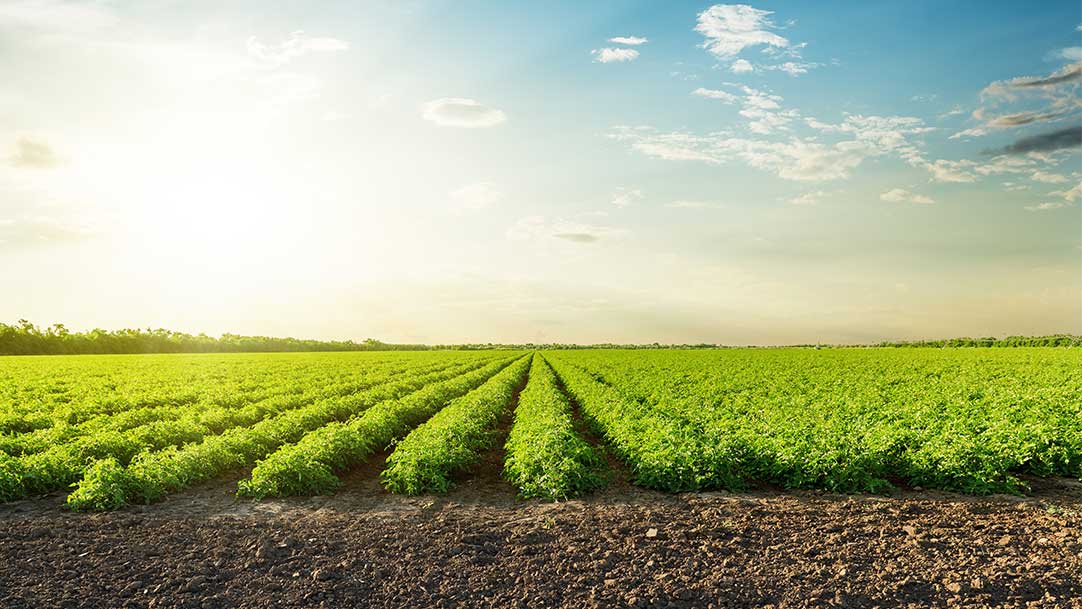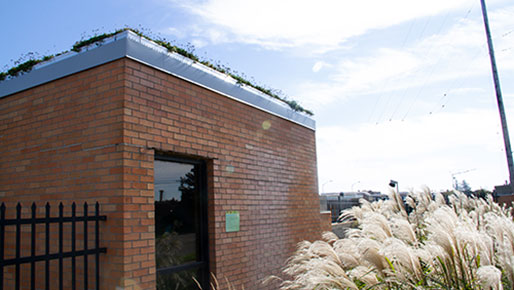 Efficient
Efficient
Water Reclamation

Holland Water Reclamation Plan
Holland’s Water Reclamation Facility (WRF) has been faced with gradually increasing costs of solid waste disposal for over a decade. 2020 – 2021 saw an unexpected uptick in the costs associated with landfill disposal and hauling. Committed to providing reliable and affordable wastewater treatment for our community, the WRF found a sustainable way to solve the immediate problem. “By increasing the amount of wastewater solids going to beneficial reuse as Class B biosolids fertilizer, we were able to stay within our budget while disposing of our solids in a sustainable manner,” said Theo VanAken, Water Reclamation Facility Superintendent.
Increasing Beneficial Reuse
Beneficial reuse is the process of land applying biosolids for use as fertilizer. Biosolids are rich in nutrients and can improve soil structure, replacing the need for synthetic fertilizer. Biosolids must meet a number of federal and state regulations to be used for beneficial reuse.
In order to increase the amount of biosolids going to land application, the WRF had to slightly alter its treatment process. “While a significant portion of wastewater solids were already going to beneficial reuse, we needed to find a way to send more of the resource in that direction,” said VanAken. In order to do that, the resource needed to be thickened. An innovation in the process accomplished that objective. By blending primary and secondary solids together, the WRF successfully increased beneficial reuse of biosolids from 50% to 87%. As a result, the WRF avoided exceeding its budget, which safeguards customer rates. The WRF continues to serve the community in the most reliable and sustainable ways possible.
Green Roof
Holland BPW installed a green roof on one of the buildings at the Water Reclamation Facility. The green roof can be seen along the east side of River Ave. This is an experiment to explore ways to enhance aesthetics and sustainability at the WRF. Green roofs have a layer of vegetation installed over a waterproofing system on top of a building. Green roofs increase sustainability by increasing the facility’s green space. Green space absorbs CO2, sequestering carbon and improving air quality. Green roofs also prevent rainwater runoff, which protects the watershed. Green roofs also are beneficial for regulating indoor temperature as they are good insulators.
